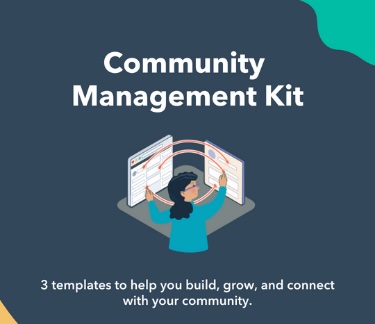Synopsis
The client was looking for a solution to reduce the daily workloads of their mobile employees. The solution required would make the system less complicated and more efficient. AdfarTech helped the client by implementing Rail in Motion (RiM) to resolve this business challenge within the defined time frame.
About the Client
The client provides railway services including passenger and cargo transportation, and logistics services to various traffic networks in Germany.
Business Challenge
The client has a large workforce of mobile employees. The daily work entails continuous information exchange and documentation. The information (work orders, shift schedules, documents, guidelines, etc.) is usually created and processed by various IT systems and delivered to the employees in an analog format (either oral or paper). Employees respond to this information by filling in the documentation and sending it to various information sources. The entire process is time-consuming and inefficient. Given the rapidly evolving business requirements of the client, there was a need for a dynamic solution. The client was looking for a highly customizable android solution to suit the needs of multiple end-users. Also, there were stringent timelines and SLAs defined.
Our Solution
Rail in Motion (RiM) collates information from various information sources and provides a mobile-friendly window for its consumption. RiM aims to improve and optimize the workflow of mobile employees.
Each employee receives, on their handheld devices, all the information required to work efficiently and report updated information directly to the respective system.
Using our proven Distributed Agile Delivery model, AdfarTech succeeded in working with multiple stringent timelines and SLAs to deliver quality systems to the client. The highlights of this model are:
A cross-functional team for joint application design (user stories, data model, UI design, architecture). Development of RiM applications on android devices to display, locally store, and process information from back-end systems, such as document management, disposition, or information systems. Development of a RiM gateway to forward requests for information between RiM applications and defined back-end systems. Connectors as technical and functional interfaces between back-end systems of the client and the RiM gateway. Performance testing and regression automation.Delivering more value


